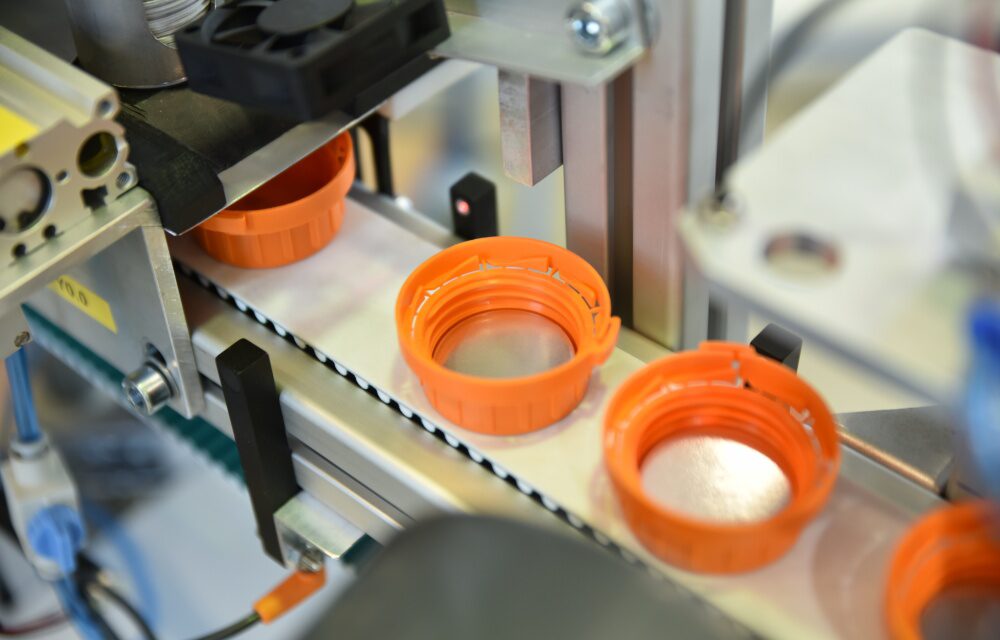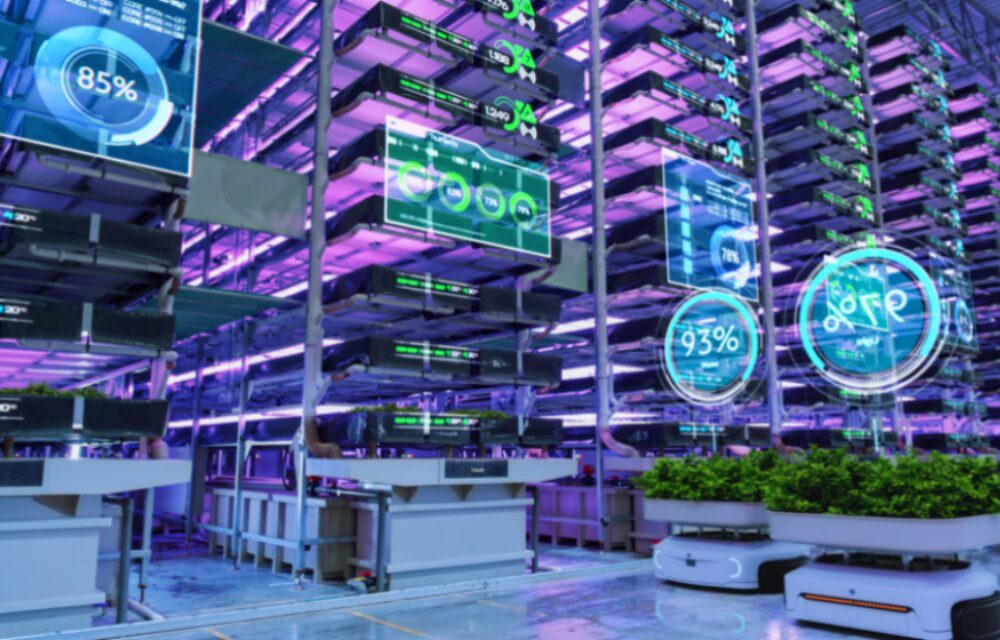We use cookies to operate this website and to improve its usability. Full details of what cookies are, why we use them and how you can manage them can be found by reading our Privacy & Cookies page. Please note that by using this site you are consenting to the use of cookies.
Food
TRENDS AND DEVELOPMENTS IN THE PET FOOD MARKET
2025-01-13
The number of pets has risen significantly in recent years, making the pet food business a lucrative growth market. Market researchers estimate that the German pet food market alone will be worth over 6.5 billion euros in 2024 – and this figure is expected to increase further. However, the trend towards the humanisation of pets is also leading to a dynamic change in their diets. Raw meat, grain-free products and food with insect proteins are in demand, as are functional ingredients and new dosage forms. Many products are processed and packaged according to human food standards. And as in the human food sector, conventional pet food packaging is increasingly being replaced by resource-saving, recyclable alternatives.
The UK, France, Germany and Italy are the top four markets for pet food in Europe, followed by Spain, the Netherlands and Bulgaria. "We are currently also seeing the highest annual growth rate for products with sustainability attributes in these markets", says Javier Muñoz, Senior Analyst at Euromonitor. "Pet owners are prepared to pay more in return for sustainability promises made by manufacturers. At the same time, the demand for healthy food is increasing." One market driver is clearly the trend towards humanisation: 70 percent of pet owners surveyed in a Euromonitor study see their pets as members of the family.
Market for insect-based pet food is growing
The use of insects in pet food could become a trend in future. The market for insect proteins in pet food is already growing worldwide. According to the French biotech company Agronutris, the share of insect proteins could increase to 40 percent of the sales volume in the pet food market by 2030. There are already over 100 brands and more than 500 insect-based products for pets. Agronutris specialises in the rearing and processing of black soldier fly larvae and produces proteins and lipids. Novel foods such as these require approval, which is governed by a separate EU regulation in Europe. "We were the first European company to receive novel food approval for insect food", says Chloé Champion, animal feed developer at Agronutris. Last year, the company commissioned a plant in eastern France spanning 16,000 square metres, which is expected to process up to 70,000 tonnes of organic waste per year at full capacity and produce high-quality protein for the aquaculture and pet food markets. The complete process technology for the industrial insect plant was supplied by the Swiss machine manufacturer Bühler. The solutions cover the entire production chain, from the preparation of the raw material to a fully automated larvae rearing system with sophisticated climate control and a processing line for converting the reared larvae into protein meal and lipids of consistent quality. Bühler was also responsible for the entire automation and on-time project realisation.
Recyclable thermoformed packaging for wet food
The goals of sustainable pet food packaging are to guarantee a long shelf life for packaged food, to be recyclable and cost-effective. Machine manufacturer Multivac and film specialist Südpack have therefore joined forces to develop a flexible packaging solution for wet food that fulfils these requirements. They recently presented their initial findings at the "Future Pet Food Conference", on the occasion of which the two German machine manufacturers Handtmann and Multivac had invited European representatives of the pet food industry to Biberach. Multivac already has machine solutions in its portfolio for packaging raw and gently cooked pet food as well as snacks and treats. Now, sterilised wet food in flexible thermoformed packaging is to be added, thus closing a gap. The new development is designed to use less material, be recyclable and guarantee that the product can be stored at room temperature for 12 months.
The first prototypes have already been tested at two customer companies – a medium-sized family business in Austria and a Swiss group that operates internationally. For example, the new thermoforming solution saves around 50 percent of material compared to conventional pet food tins. The flexible packaging is also easier to open, has no sharp edges and produces less packaging waste. Pack geometry and size can be selected variably, as can film type and film thickness. Opening aids and perforations can also be integrated, and embossing or customised printing is also possible. However, further tests are needed before the recyclable wet food packaging reaches the shelves of pet shops, explains Klaus Deniffel, Corporate Product Manager at Multivac. And the necessary certifications for recyclability are still pending.
Just like handmade products
Dog food in flexible plastic casings is becoming increasingly popular, partly because little packaging waste remains after use. The dog sausages are usually sealed with a metal clip and cannot be resealed once opened. Handtmann has now developed a new concept in which the sausages are tied with a thread without a metal clip. This also contributes to animal safety, the company says. The bound thread is also designed for a handmade, premium appearance and to ensure resealability. Handtmann produces the new dog sausages on its Inotec VarioMix mixing system, which is equipped with interlocking, independently controllable spiral shafts and can therefore be optimally adapted to a wide variety of products. The sausages are then tied off with the Inotec IG5-iT tying machine at high output with freely definable distances, with or without a loop and with precise weight specifications. They can then be separated directly. A special thread specially developed by Handtmann is also used.






